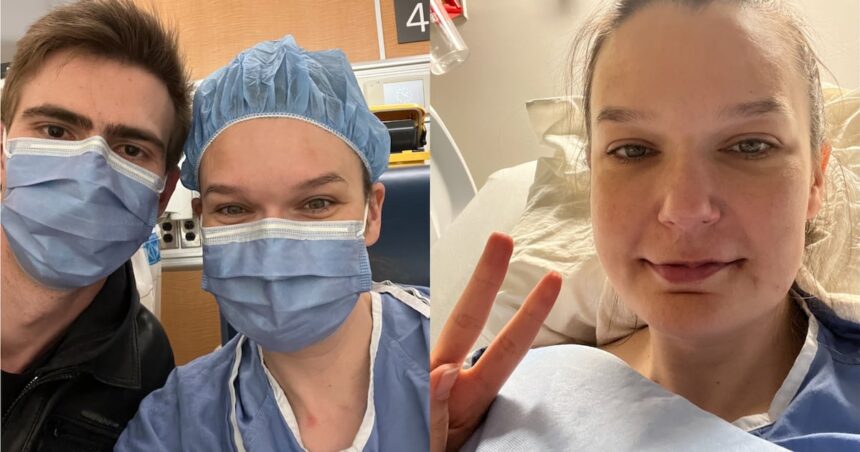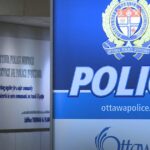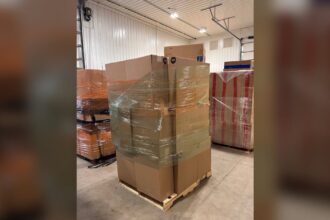In the shadows of Ontario’s healthcare system, Sarah Willard’s story emerges as a stark reminder of the profound human cost behind surgical waitlist statistics. After enduring an agonizing five-year wait for a specialized procedure to address her debilitating chronic pain, Willard now faces the devastating reality that her surgery has failed—placing her back at the starting line of another seemingly endless waitlist.
“I gave up five years of my life waiting the first time,” Willard told CO24 News, her voice betraying the emotional and physical toll of her journey. “Now I’m told the procedure didn’t take, and I’m looking at potentially another multi-year wait with no guarantee of success.”
Willard’s experience highlights a troubling pattern within Ontario’s healthcare infrastructure, where surgical backlogs have reached unprecedented levels. According to data obtained through Freedom of Information requests, over 250,000 Ontarians currently await various surgical procedures, with an estimated 35% facing waits exceeding recommended clinical timelines.
Dr. Eleanor Chen, a healthcare policy expert at the University of Toronto, points to systemic issues that transcend individual cases. “What we’re witnessing isn’t simply about one failed procedure,” Chen explained. “It represents cascading system failures—from initial diagnostic delays to inadequate post-surgical monitoring and insufficient specialist availability for follow-up care.”
The financial implications prove equally concerning. The Canadian Institute for Health Information estimates that extended surgical waits cost the provincial economy approximately $3.2 billion annually in lost productivity, disability payments, and additional healthcare utilization—a figure that has increased 18% over the past three years.
Provincial Health Minister’s office responded to inquiries about Willard’s case with a statement highlighting recent investments: “Our government remains committed to reducing surgical backlogs through our $300 million Surgical Recovery Strategy.” However, healthcare advocates note this funding represents less than half of what experts recommend is necessary to meaningfully address the backlog.
For patients like Willard, policy statements offer little comfort. “I’ve developed secondary conditions while waiting—depression, anxiety, and worsening physical mobility,” she said. “The system seems designed to forget people once they’re on a waitlist.”
Community support has emerged as Willard’s primary lifeline. Through a local chronic pain support network, she’s connected with others in similar situations. These informal care networks increasingly fill gaps left by the formal healthcare system, providing emotional support and practical assistance for daily living challenges.
Healthcare equity researchers point to troubling disparities in who faces the longest waits. Dr. Anand Sharma of Healthcare Equity Now notes: “Our research consistently shows that lower-income Ontarians, those in rural communities, and individuals without robust employment benefits face significantly longer waits and higher rates of surgical complications.”
As provincial elections approach, healthcare capacity has emerged as a central campaign issue, with all major parties proposing various solutions to address surgical backlogs. However, policy experts remain skeptical about quick fixes to a system requiring fundamental restructuring.
The reality for Willard and thousands like her remains painfully immediate. “I don’t have the luxury of waiting for policy debates,” she said. “Every day on this waitlist is another day of my life I can’t get back.”
As Ontario grapples with these healthcare challenges, a critical question emerges for policymakers and citizens alike: In a province of abundance, how have we normalized a system where patients endure years of suffering while awaiting essential medical care, only to face the prospect of starting that wait all over again?
























